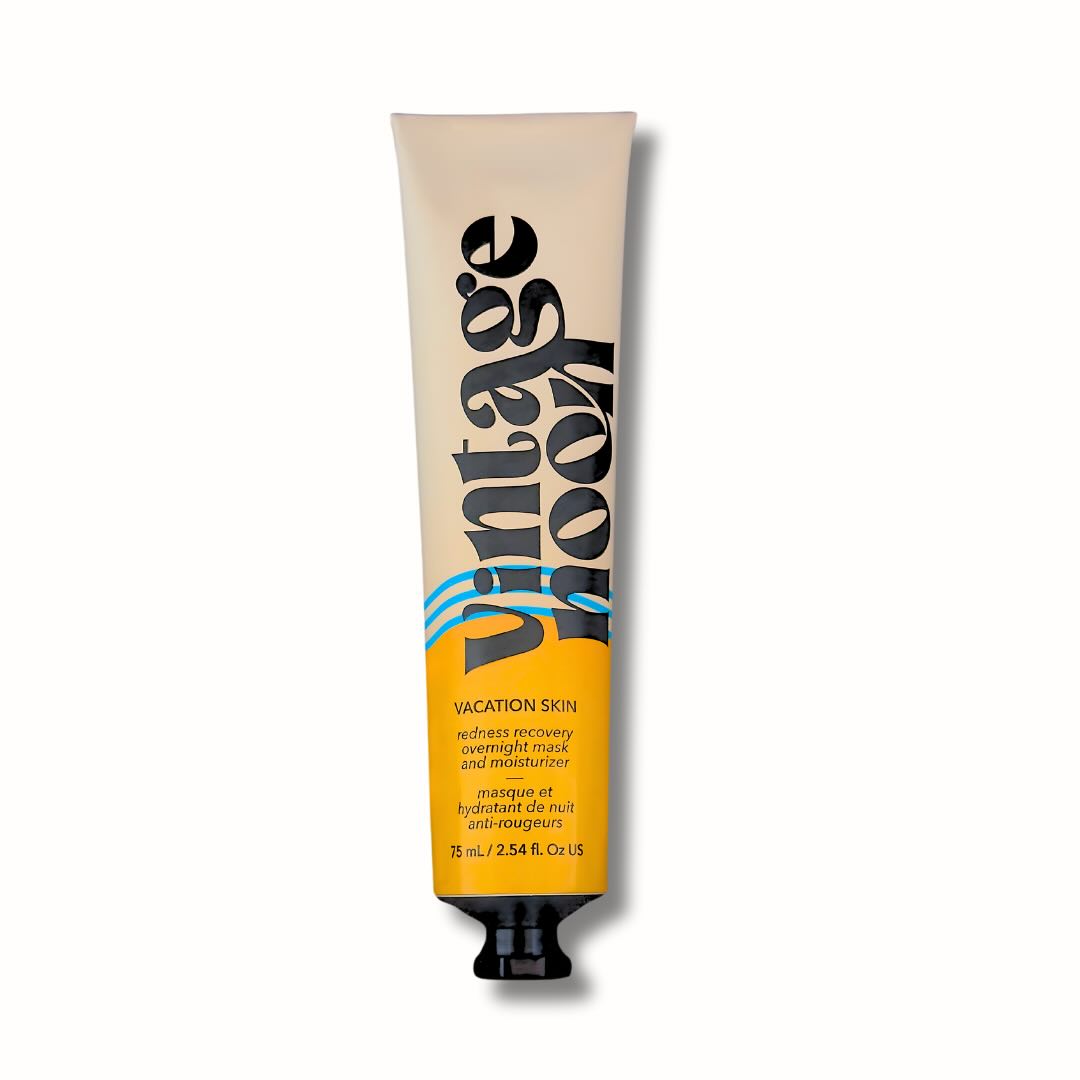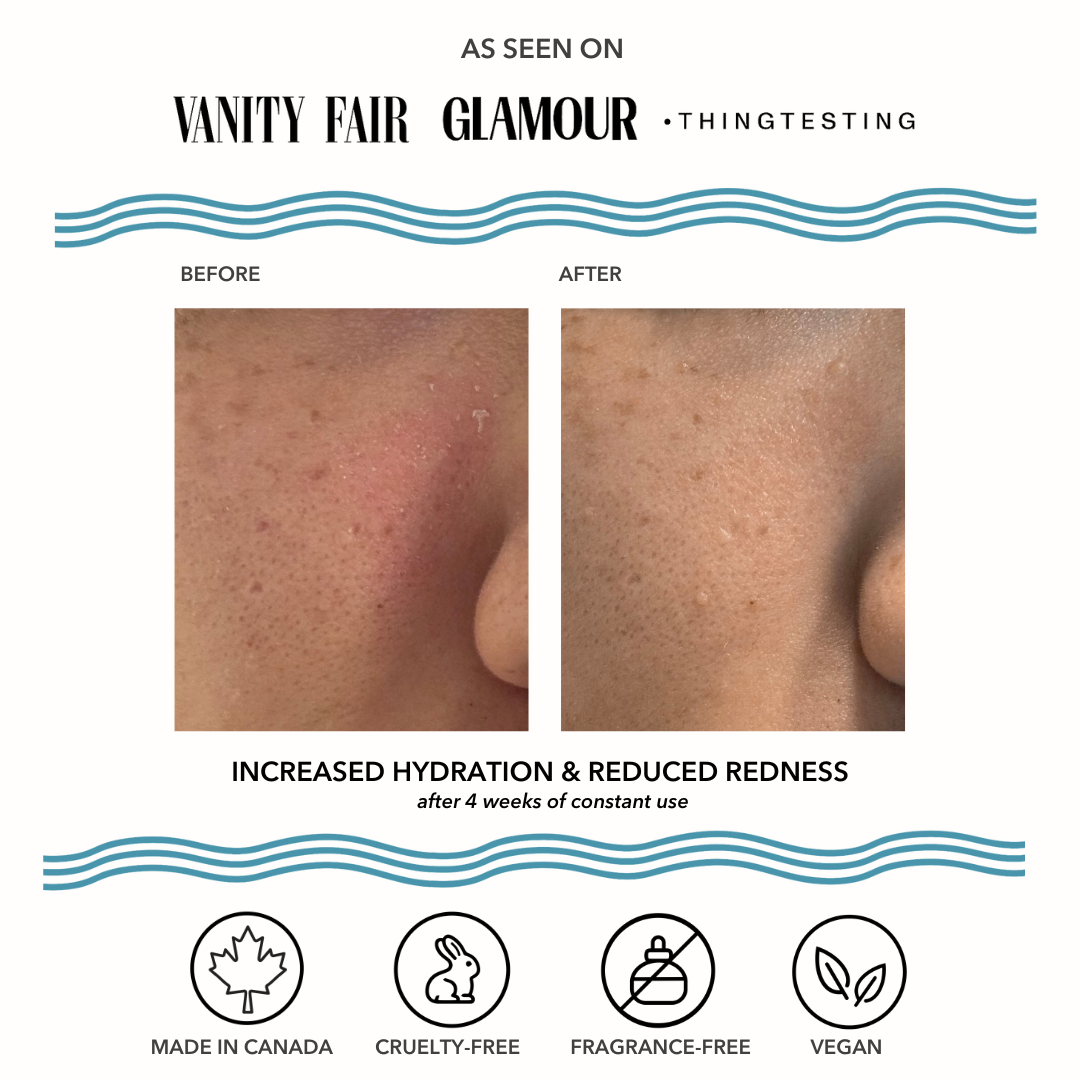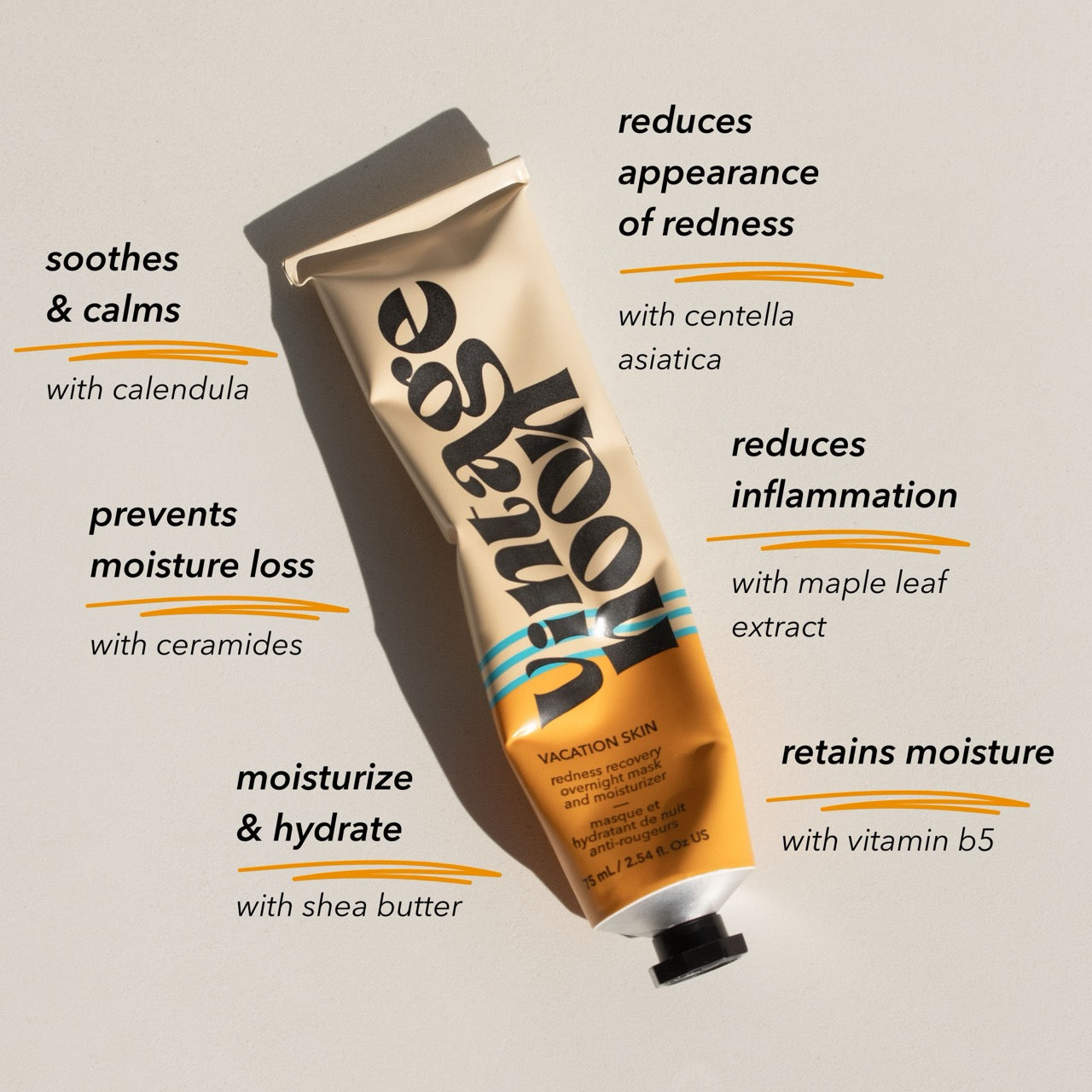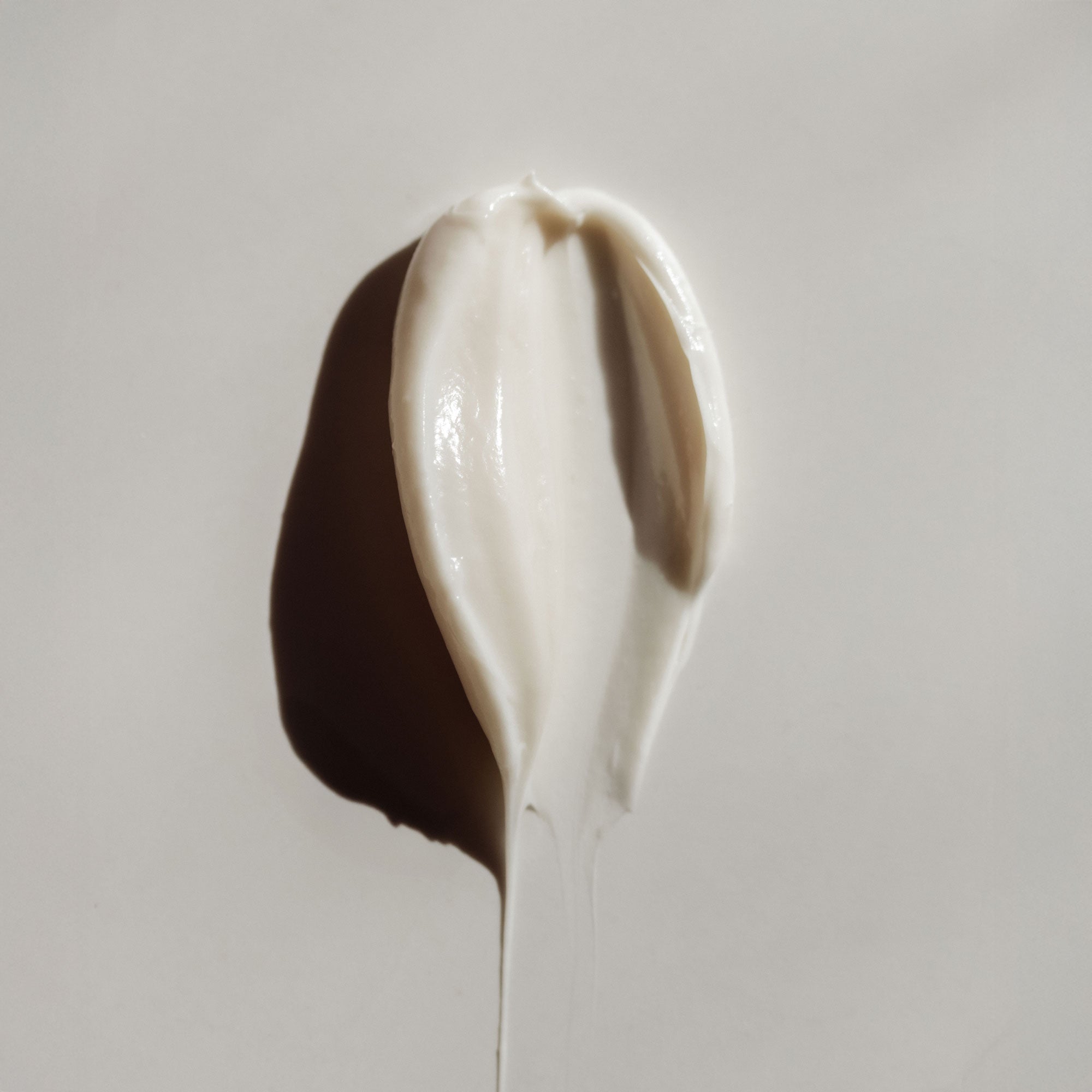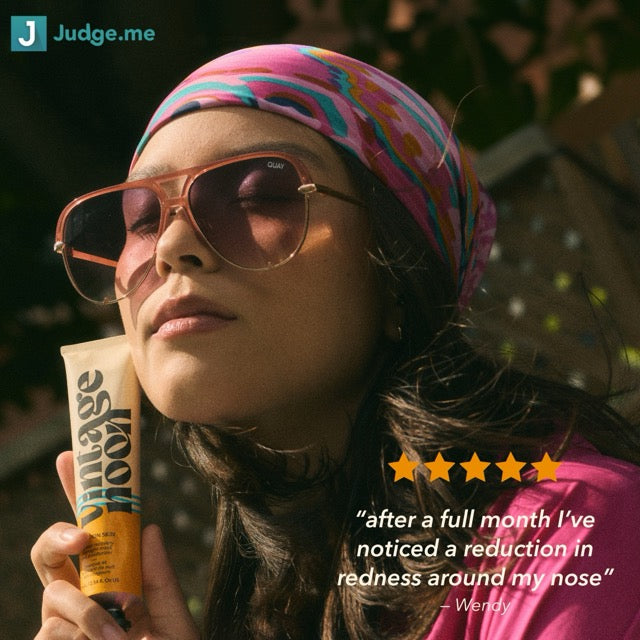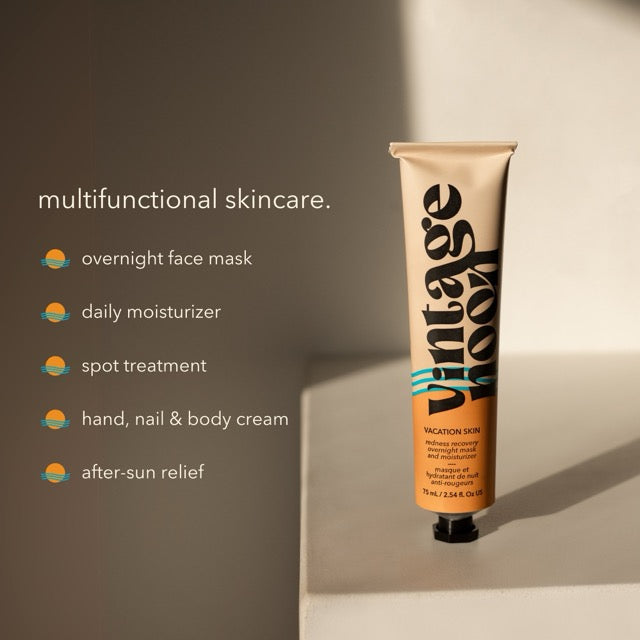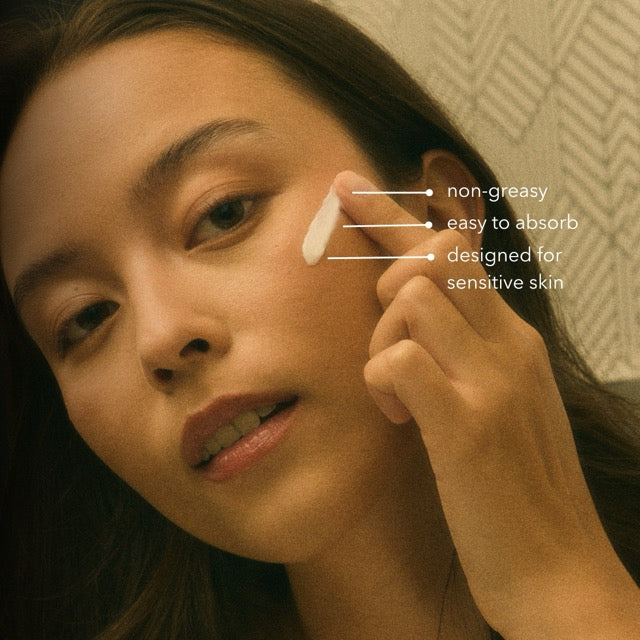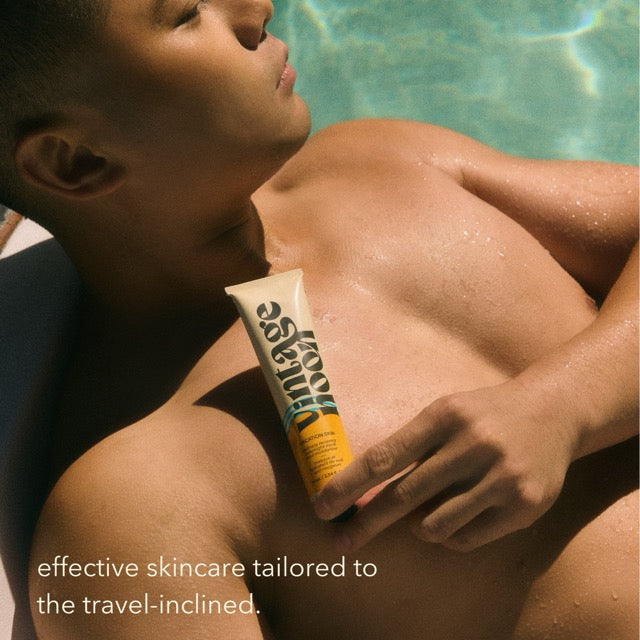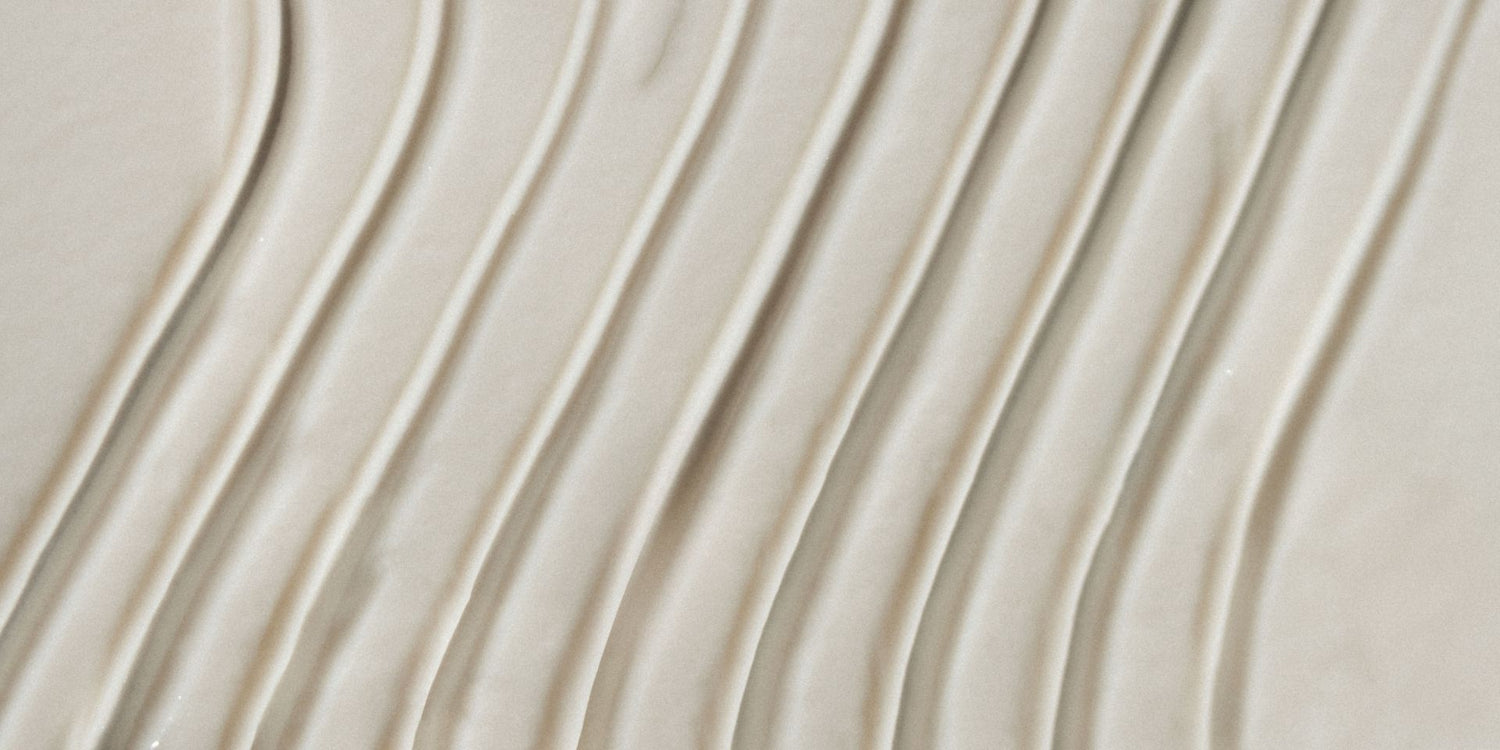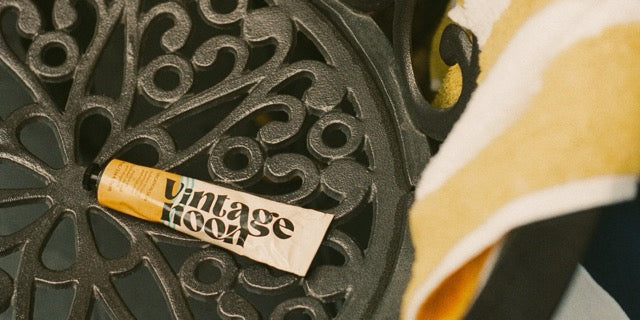If your skincare routine has ever left you feeling stung, red, or raw, the culprit might not be your skin—it might be what you're putting on it.
Sensitive skin requires more than just "clean" ingredients. It demands thoughtful, non-irritating formulations that avoid common triggers. At Vintage Noon, we’re committed formulating with care. Here's your guide to the ingredients that sensitive skin types should avoid—and why.
Why Certain Ingredients Cause Irritation
When your skin barrier is compromised or naturally reactive, it’s more vulnerable to ingredients that:
-
Disrupt pH balance
-
Strip natural oils
-
Trigger inflammation or allergic reactions
-
Penetrate too deeply or too quickly
This doesn’t mean all synthetic ingredients are bad—but for sensitive skin, it’s about minimizing the risk, not following trends.
🚫 8 Common Ingredients to Avoid for Sensitive Skin
1. Fragrance (Parfum)
-
Why it's a problem: Synthetic fragrance is one of the most common causes of contact dermatitis. Even natural essential oils can be irritating in high concentrations.
-
What to look for instead: Fragrance-free or naturally scented with low-irritant extracts like chamomile or orange peel.
2. Alcohol (Denatured or SD Alcohol)
-
Why it's a problem: These types of alcohols can strip your skin’s natural oils, leading to dryness and redness.
-
Note: Fatty alcohols like cetearyl alcohol are generally safe and hydrating.
3. Sodium Lauryl Sulfate (SLS)
-
Why it's a problem: A harsh surfactant found in cleansers that can break down your skin barrier and cause inflammation.
-
What to look for instead: Gentle, sulfate-free cleansers.
4. Essential Oils (at high concentrations)
-
Why it's a problem: While they’re natural, potent oils like peppermint, tea tree, or citrus oils can sensitise already vulnerable skin.
5. Retinoids (Retinol, Retinaldehyde)
-
Why it's a problem: Highly effective but often too aggressive for sensitive skin unless buffered or in ultra-low concentrations.
-
What to do instead: Focus on barrier repair first before introducing actives.
6. Alpha Hydroxy Acids (Glycolic Acid in particular)
-
Why it's a problem: While exfoliating acids are popular, AHAs like glycolic can cause burning and peeling in reactive skin types.
-
Better options: Lactic acid (in low %), polyhydroxy acids, or enzyme-based exfoliants.
7. Benzoyl Peroxide
-
Why it's a problem: Found in many acne products, but can be extremely drying and irritating, especially for dry or sensitive skin.
-
Gentler swap: Look for niacinamide or azelaic acid if breakouts are a concern.
8. Methylisothiazolinone (MI) & Methylchloroisothiazolinone (MCI)
-
Why it's a problem: These preservatives are banned in leave-on products in the EU due to high allergy rates, but still appear in some North American formulas.
So... What Should You Look For Instead?
For skin that’s prone to irritation, look for products that are:
-
Fragrance-free or low-fragrance
-
Alcohol-free
-
Packed with barrier-supportive ingredients like:
-
Centella Asiatica (Cica)
-
Ceramides
-
Squalane
-
Panthenol (Vitamin B5)
-
Why Vintage Noon Takes This Seriously
Our approach to skincare is rooted in real experience with sensitive, reactive skin. Every Vintage Noon formula is designed to:
-
Skip common irritants
-
Focus on barrier health
-
Soothe without overwhelming your skin
For example, our Vacation Skin Redness Recovery Overnight Mask is:
-
Free of synthetic fragrance
-
Rich in soothing botanicals
-
Designed to restore balance while you sleep
No tingling. No stinging. Just calm, hydrated skin by morning.
Final Thoughts
If your skin stings after skincare, that’s your barrier crying out for support. Avoiding the wrong ingredients is just as powerful as using the right ones.
Ready to calm your routine?
Explore Vintage Noon’s collection of gentle, redness-reducing, barrier-safe skincare—crafted in Canada for sensitive skin like yours.












